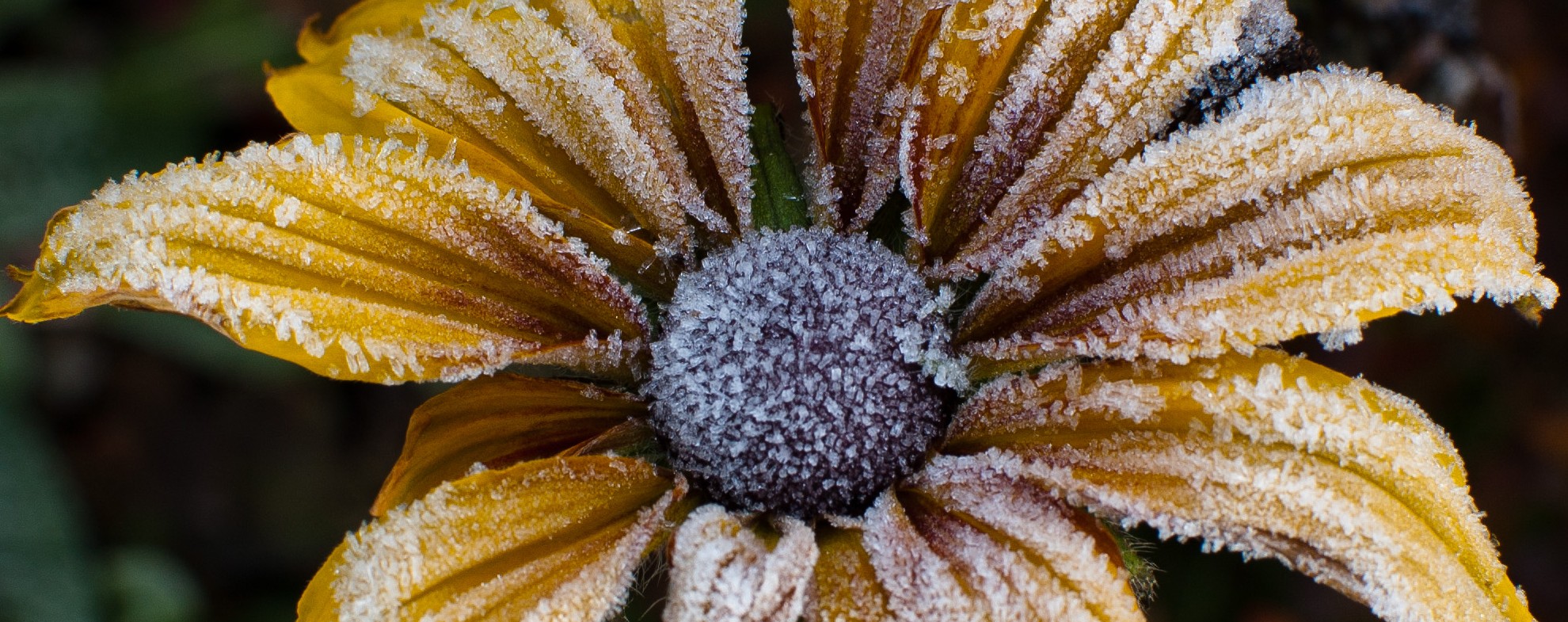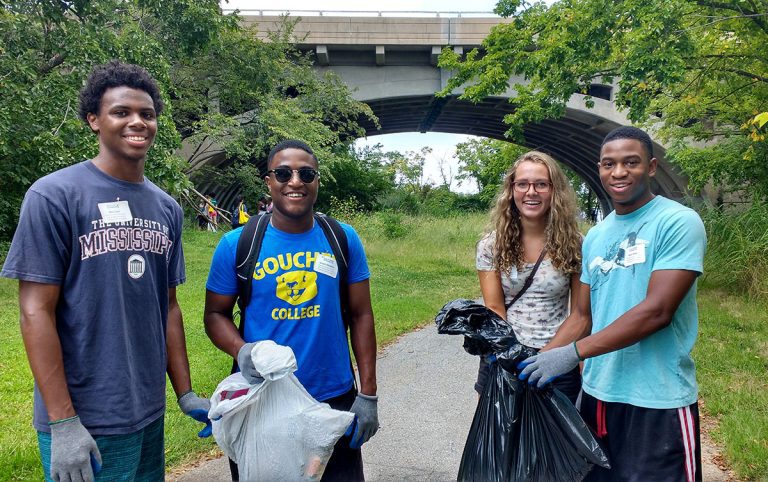What does “Warm December” mean for native plants?
If this December has felt exceptionally warm, you aren’t imagining it.
Baltimore, like much of the United States, has been experiencing an unusually warm month and a fitting conclusion to what is shaping up to be the Earth’s warmest in over 1,400 years.
The mild temperatures aren’t universally reassuring, however. Many gardeners are concerned about the effect of “Warm December” on their plants.
At the New York Botanical Garden, azaleas and viburnums are opening their buds months early.
For many plants, especially non-native ornamental plants, the long period of abnormal warmth has triggered the process of bud break. This process, in which leaf and flower buds emerge from dormancy, is usually triggered by the climbing sun and longer days of late spring.
This year, high pressure at the north pole is causing an Arctic oscillation that keeps cold air away from our region.
These oscillations are normal, even if this year is a bit extreme, and Maryland’s native plants have evolved with mechanisms for handling them. Many native trees and shrubs have internal regulators that extend the first period of dormancy, called endo-dormancy, even when temperatures are high.
Read more: Winter dormancy and chilling in woody plants
Plant species from warmer climates often have less robust internal regulators, and are more easily “fooled” by unseasonably warm temperatures. This is why many more non-native species are displaying unseasonal blooms than we see on native species.
It’s not impossible for abnormal winters to affect the long term health of native plants, especially once the plants exit the second phase of dormancy called eco-dormancy.
Still, most experts are confident that the weather patterns we are currently experiencing are unlikely to permanently damage or kill native trees and shrubs. The worst outcome you are likely to experience is a decrease in flower production in 2016, though some native species may actually benefit from this weather pattern and have a better-than-average year.
What can you do?
- First, if you haven’t already pruned your trees and shrubs then we encourage you to wait until cold temperatures have been around a while. Most likely, this means late January or February for plants that need winter pruning.
- Second, next spring do be alert for splitting or cracking caused by the unusual winter. These problems can foster disease, so be vigilant about pruning out dead or damaged limbs.
- Third, we hope you will replace any non-native plants that are injured during the winter with native plants that are better adapted to our climate and that support a broad array of native plants.
Herring Run Nursery will re-open in early April, so spend the impending cold days researching the benefits of native plants.


